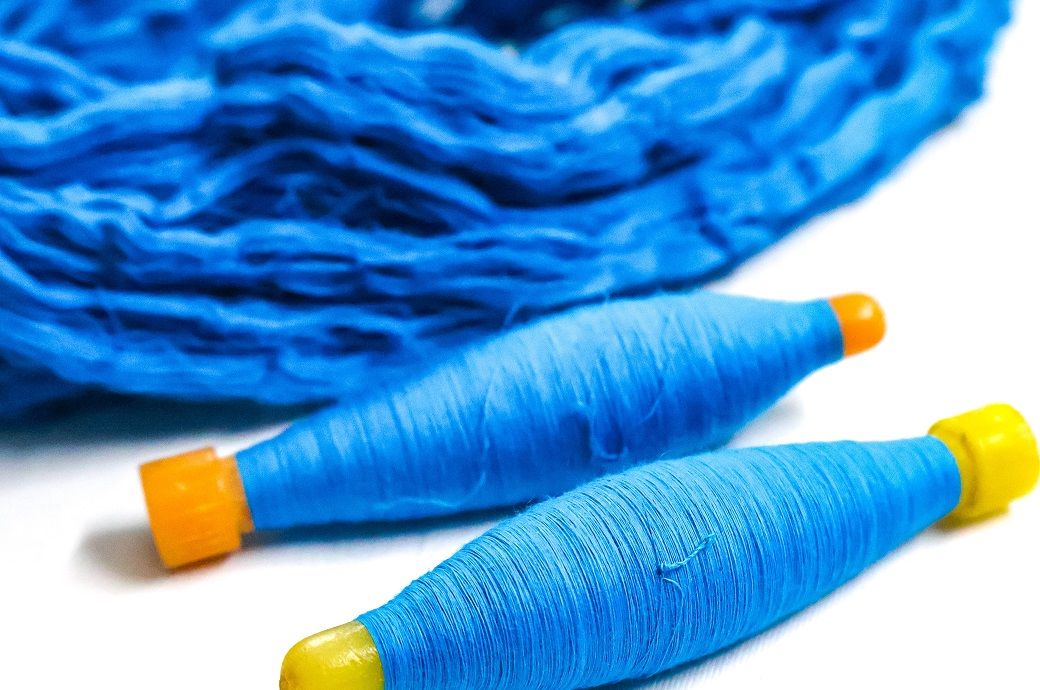Topics: Ag North America, Agriculture Global,
🌍🌱 Opportunity Alert! 🚀🌾 Should U.S. Growers Consider Africa as the Next Big Market? Dive into the latest insights on Africa's Soy Import Demand and discover potential growth avenues. 🌿💼 #Agribusiness #GlobalTrade #MarketExpansion
:max_bytes(150000):strip_icc()/34593647505_af2c099ac8_o-8f7a63936c384ca48c18ddbf688a712d.jpg)
Should U.S. Growers Look to Africa as the Next Big Market? Understanding Africa’s Soy Import Demand
Over the next three weeks the Soybean Innovation Lab and Farmdoc will deliver three articles on the topic of Africa as a potential export market for U.S. soybeans. Today’s article delves into the import flows of soybean, oil, and meal into Africa.
-
(0)
-
Bookmark
- Comments (0)
 Randy Krotz
Randy Krotz
Topics: Soybeans,
🌾 Breaking News for Soybean Farmers 🌾: "Soybean farmers brave through challenging times in our industry. Find out how they navigate through adversity with resilience and determination. Stay informed with the latest updates on the evolving landscape of soybean farming. #Agribusiness #Farming #Resilience"

Soybean farmers endure ‘uncomfortable times for our industry’
ANKENY, Iowa — A sign hanging in the washroom of Full Circle Ranch near Earlham caught my eye. It read: "We feel most comfortable when things are certain. But we
-
(0)
-
Bookmark
- Comments (0)
 Randy Krotz
Randy Krotz
Topics: Ag Asia / Pacific, Cotton,
🌟 Update from the Textile Industry 🌟 South India cotton yarn market experiences a slowdown as summer demand remains subdued. Stay informed about the latest market trends and insights! 🧵 #TextileIndustry #MarketTrends #CottonYarn #IndustryUpdate

South India cotton yarn market slows as summer demand stays muted
South India's cotton yarn market is seeing muted summer demand, keeping prices mostly steady despite slight easing in select weft varieties. Labour shortages are constraining weaving activity, while
-
(0)
-
Bookmark
- Comments (0)
 Randy Krotz
Randy Krotz
Topics: Ag Labor,
🌟✨ **Exciting News: Women in Ag - Empowering Female Farmers!** ✨👩🌾 Join us in celebrating the remarkable rise of female farm operators in the agriculture sector! 🌾🚜 Let's honor the incredible contributions of women in agriculture and inspire future generations. 🌟💪 #WomenInAgriculture #EmpowerWomen #FemaleFarmers #Agribusiness #InnovativeFarming

Women in Ag: Celebrating the Rise of Female Farm Operators
Across the United States and around the world, women are playing an increasingly vital role in the future of agriculture. While farming has long been portrayed as a male-dominated profession, the reality is rapidly changing. Women now represent one of the fastest-growing demographics in farming, ranching, agribusiness, and agricultural leadership. Their influence is
-
(0)
-
Bookmark
- Comments (0)
 Randy Krotz
Randy Krotz
Topics: Ag Innovation,
🌾 News Alert! 🚜✨ 🌿 130-year Old Dock Southern Farm Embraces New Beginnings Post-Pandemic! 🌟🌱 Rediscover the resilience and innovation of agriculture as Dock Southern Farm finds its new purpose after weathering the storm of the pandemic. Stay tuned for the inspiring journey ahead! 🌾🌞 #Agriculture #FarmLife #Innovation
:max_bytes(150000):strip_icc()/docksouthernbarn-058110fd63ea478a8ea618f60f2433fc.png)
130-year Old Dock Southern Farm Emerges From Pandemic With New Purpose
Music has brought new purpose to a 130-year old North Carolina farm.
-
(0)
-
Bookmark
- Comments (0)
 Randy Krotz
Randy Krotz
Topics: FFA/4-H,
🌟 Opportunity Alert! 🎓 National FFA Scholarships now accepting applications for the 2025-26 academic year. Don't miss out on this chance to further your education and pursue your dreams. Apply today! #FFA #Scholarships #EducationGoals 📚✨
-
(0)
-
Bookmark
- Comments (0)
 Randy Krotz
Randy Krotz
Topics: Rice,
🌾 Exciting Update: Government Initiates 2025 Rice Purchase Program! 🌾 Amid a decline in production, the latest RSS feed reveals the start of the rice procurement for 2025. Stay informed on this crucial market development. #Government #RicePurchase #2025Harvest 🌾
Government Begins 2025-Crop Rice Purchase Amid Production Decline
Government Begins 2025-Crop Rice Purchase Amid Production Decline
-
(0)
-
Bookmark
- Comments (0)
 Randy Krotz
Randy Krotz
Topics: Ag Tech,
🌱✨ News Alert! "From orbit to insight: How Planet powers the next wave of precision ag" 🌍🛰️ Dive into the cutting-edge technology revolutionizing precision agriculture. Stay tuned for fascinating insights! #PrecisionAg #Innovation #PlanetLabs

From orbit to insight: How Planet powers the next wave of precision ag
The challenge for Planet and every firm collecting vast amounts of data in agriculture, says the firm, is turning it into actionable insights
-
(0)
-
Bookmark
- Comments (0)
 Randy Krotz
Randy Krotz
Topics: Wheat,
Using desiccants to optimize soybean harvest! 🚜 Learn how this technique could boost your crop yield by ensuring ideal moisture levels. 🌱 #AgriculturalInnovation #SoybeanHarvest #Desiccants Read More
-
(0)
-
Bookmark
- Comments (0)
 Randy Krotz
Randy Krotz
Topics: Wheat,
Using desiccants to optimize soybean harvest! 🚜 Learn how this technique could boost your crop yield by ensuring ideal moisture levels. 🌱 #AgriculturalInnovation #SoybeanHarvest #Desiccants Read More
-
(0)
-
Bookmark
- Comments (0)


